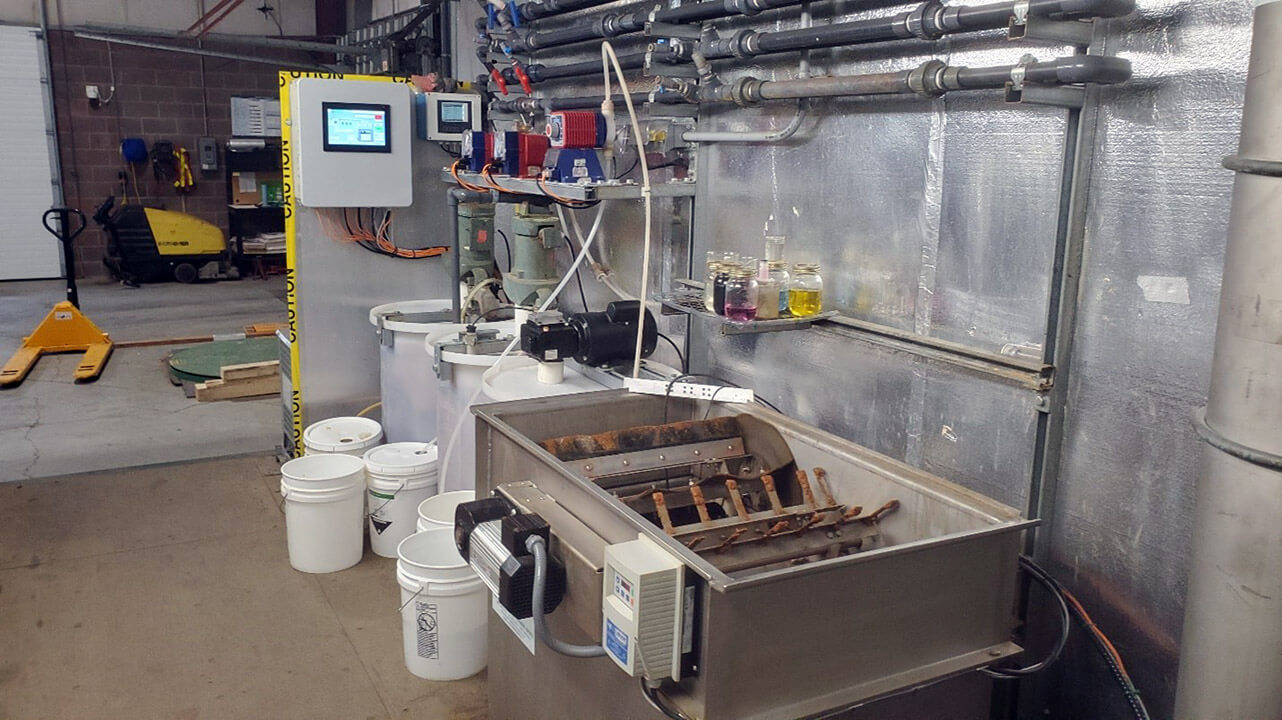When it comes to maintaining the septic tank, a lot of homeowners don’t realize the importance of risers on septic tanks. These simple but essential components let you easily access the septic tanks, which makes routine inspections cleaning, maintenance, and pumping much simpler. Installing risers on your septic system will eliminate the need to excavate the soil for each service. In addition to saving time, but your landscaping will be less disturbed. They also reduce the possibility of accidents and injuries from maintenance because they offer a safe accessible entry point.

The control of effluent is also an essential aspect of keeping a healthy system. Effluent is a liquid waste which flows from the tank septic into drain fields to be treated further. It’s a mix of water, bacteria and organic matter. Solid particles from the effluent could sink to the bottom of the tank, where they will eventually form a sludge layer. If not taken care of promptly, this sludge can get accumulated and cause a blockage to the system, causing backups, foul odors and potential damage to the drain field. Regular pumping and regular effluent disposal will ensure that your septic system is operating efficiently. This will help prevent blockages and extend its lifespan.
Proper drainage is an essential element in the operation of a septic system. The wastewater that flows out of your property is taken into the septic system, and goes through separation. Solid waste settles to the bottom of the tank, whereas oils and other lighter materials rise up to the top and form the slime. The liquid residue, also known as effluent or wastewater, exits the tank to go into the drainfield for further filtration. A well-designed drainage system allows the flow of effluent to be smooth which prevents flooding and backups. The drainage pipes need to be free of obstructions, such as roots or debris that could impede effluent flow. Regularly scheduled inspections and maintenance of the drainage system can help keep costly repairs from happening and prevent the possibility of environmental contamination.
The septic system you choose for your house can have a an effect on the hygiene and performance of your property. With numerous options available in the market, it’s crucial to look at a range of factors before making a choice. The size of the tank must be determined by the water usage of your property and the number of people living there. If you have a big household or often host guests, a larger tank is required. Also, it is important to think about the material for your tank. Concrete, plastic and fiberglass are all common options. Each material offers its own pros and disadvantages with regard to durability, cost, and maintenance. In addition, you should check the rules and specifications set by your local authorities regarding the installation of septic tanks. You should choose a tank to meet the standards required and is compliant with all guidelines. For more information, click Risers
Get in touch with a professional who can install the septic tanks. They can offer expert advice in accordance with your soil type and topography. Consider these factors to ensure you select the right septic tank to your house.
The proper functioning and maintenance of septic tanks as well as the efficient control of effluent, the installation of risers, and ensuring proper drainage are all essential elements of the health and reliability of a the septic system. Septic tanks serve as the main treatment system for household waste, while effluent management ensures the safe treatment of liquid waste. They aid in the process of maintain the septic system. A well-designed drainage system enables the effluent to flow easily, preventing back-ups and system failures. In the long run, focusing on these issues and following regular maintenance protocols will ensure that septic systems are ecologically eco-friendly, efficient and long-lasting. This creates a healthier and safe living space.
